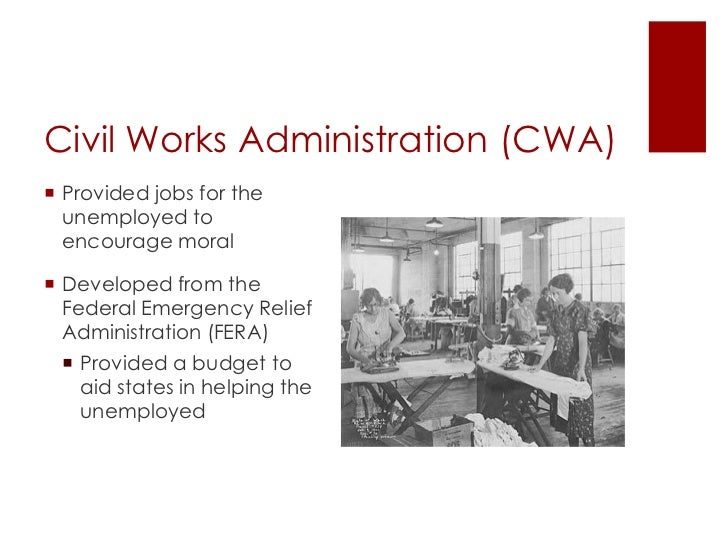Fdic New Deal
Jul 13, 2020 As a part of the banking reform under the FDR new deal, as we discussed yesterday, the Glass-Steagall act limited commercial bank securities activity and regulated speculation. It also established the Federal Deposit Insurance Corporation which insured every banking deposit in the US with up to $2,500.
Definition and Summary of the Federal Deposit Insurance Corporation
Summary and Definition: The Federal Deposit Insurance Corporation (FDIC) was created by the Glass-Steagall Act, also known as the Banking Act of 1933, as an additional measure to restore confidence in the banks following the banking crisis during the Great Depression. The Federal Deposit Insurance Corporation (FDIC) insured depositors against the loss of up to $5,000 of their deposits if their bank should collapse.

- Federal Deposit Insurance Corporation (FDIC), independent U.S. Government corporation created under authority of the Banking Act of 1933 (also known as the Glass-Steagall Act), with the responsibility to insure bank deposits in eligible banks against loss in the event of a bank failure and to regulate certain banking practices. It was established after the collapse of many American banks.
- Support Living New Deal Join Our E-Mailing List Federal Emergency Relief Act (1933) The FERA was created on May 12, 1933, by the Federal Emergency Relief Act of 1933, and President Roosevelt chose Harry Hopkins to be the administrator 1.
Fdic New Deal Successful
Federal Deposit Insurance Corporation (FDIC)
Franklin D Roosevelt was the 32nd American President who served in office from March 4, 1933 to April 12, 1945. One of the important events during his presidency was the establishment of the Federal Deposit Insurance Corporation. as part of FDR's New Deal Programs that encompassed his strategies of Relief, Recovery and Reform to combat the problems and effects of the Great Depression.